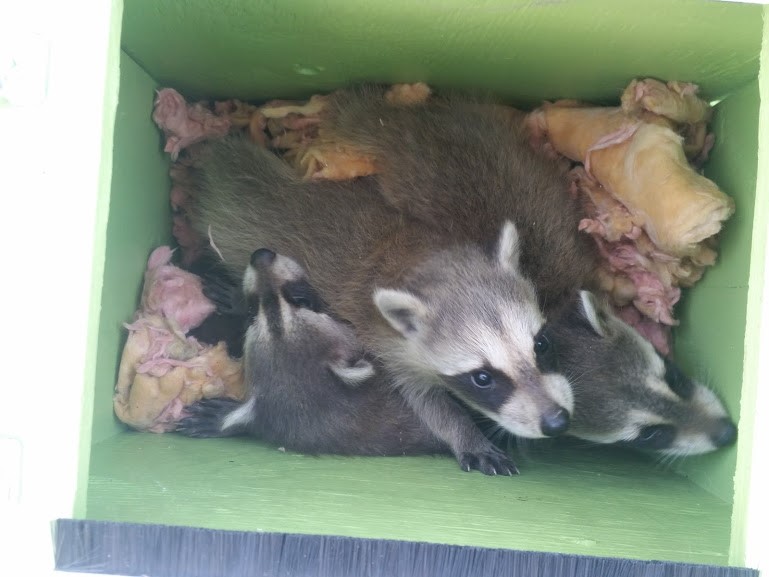Wildlife babies of many species are born in the late winter to early spring. It is an exciting time, but it can also be nerve-wracking if wild animals have made a nest or a den to raise their young somewhere within your home. Humane wildlife removal offers many benefits to both people and animals. Here is what you need to know about how our methods protect new generations.
Why Is Humane Wildlife Removal Important?
The populations of some wild animals, such as bats, are in trouble due to things like pesticide use, disease, pollution, and encroachment on their territory. To protect vulnerable species like bats, the governments of Canada and the United States have enacted regulations that govern how they can be handled. While leaving an endangered animal in your home isn’t an option, you also can’t remove them yourself or you could face fines for violations of applicable wildlife laws. Skedaddle not only removes the animals safely and humanely, but our operations are also in compliance with all applicable laws so that you do not have to worry about fines for improper removal.
However, humane wildlife removal is not only important for endangered species. All wild animals have an important role to play in the ecosystem. Wildlife diversity helps to keep the biosphere healthy while keeping it in balance. Humane removal helps to conserve all species so that they can continue to carry out their roles in the ecosystem, helping to protect and preserve the general environment.
How Does Humane Removal Protect Wildlife Babies?
In most cases, the animals that make their way into your home are pregnant females looking for a safe place to make a nest or a den to raise their babies. The babies’ birth may take place before you even realize an intrusion has taken place. Humane wildlife removal allows the mothers and babies to be reunited outside after their safe removal. The mother animal can then relocate her babies to a new location in the area. In addition, she learns to leave your property alone in the future.
How Does Humane Wildlife Removal Work?
The first step is to locate the animals. The mother may be outside looking for food, or she may be inside with the babies. In the latter case, we will either lure her away or safely remove her outside. We know how to locate baby animals and handle them carefully so we do not accidentally injure them. We place them in a heated baby reunion box that is placed outside to keep them safe and warm until the mother comes to pick them up and relocate them to a new home
What if the Mother Doesn’t Come Back?
We perform a daily follow-up to check on the babies to see if the mother has picked them up. If the mother doesn’t come back, it is probably because she has been injured or killed. If the mother doesn’t return for the babies within a reasonable time period, the next step is to take them to a safe rehabilitation center where they will be cared for.
How Do We Keep the Animals From Getting Back in?
Our exclusion techniques include the installation of a one-way door. This allows the mother to get outside the house but prevents her from coming back in. Once she finds her babies outside, she may try to bring them back inside the house. However, once she understands that she can’t get back in through the one-way door, she will relocate her babies to a new, alternative den site.
Why Should You Call Skedaddle for Humane Wildlife Removal?
Our methods ensure that wildlife mothers are reunited with their babies and have a chance to raise them in peace without stress or injury. Our exclusion techniques prevent future wildlife intrusions and are installed after we have cleaned and decontaminated where the animals have been. Find out more about our process and how both homeowners and animals benefit from it.



